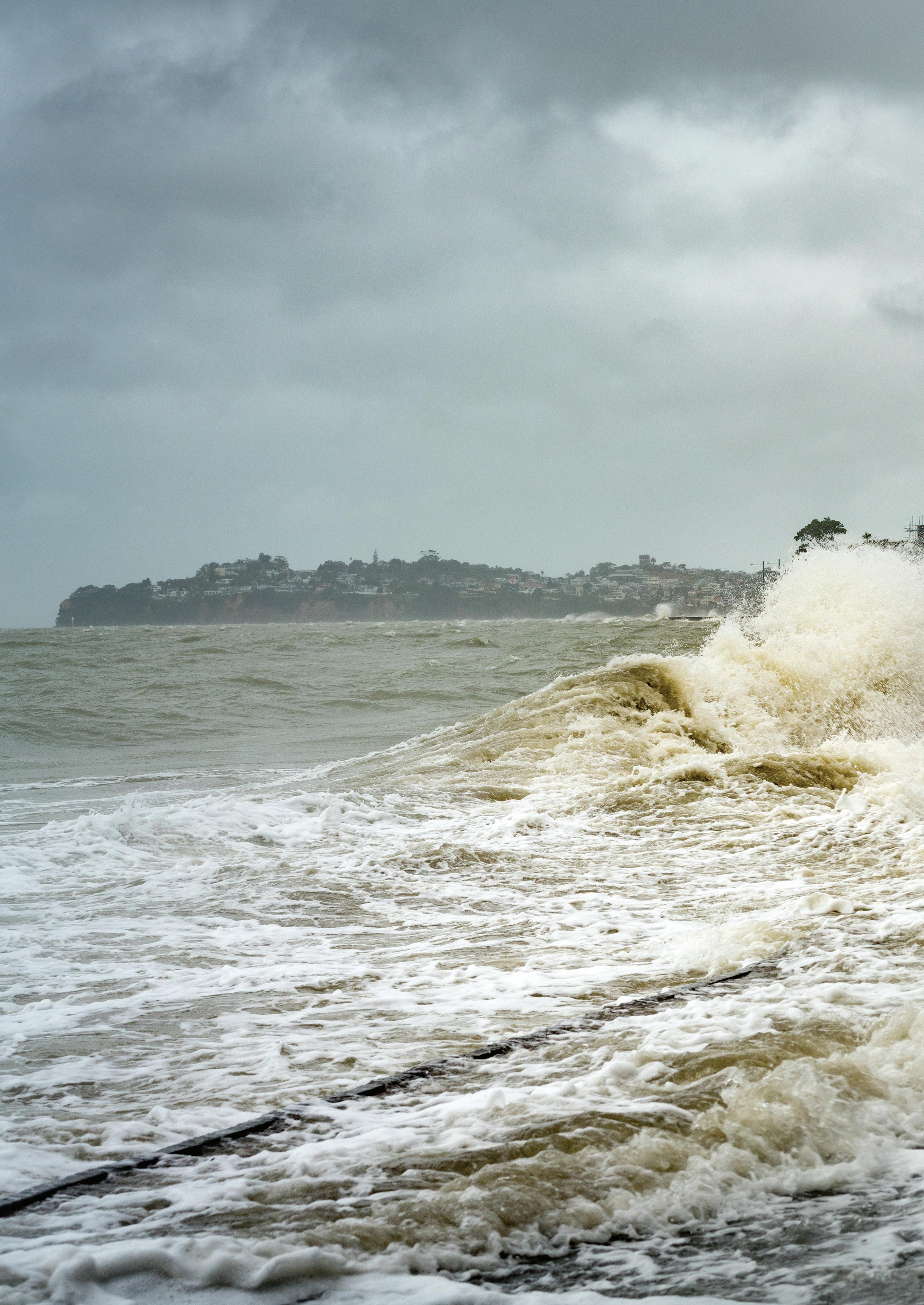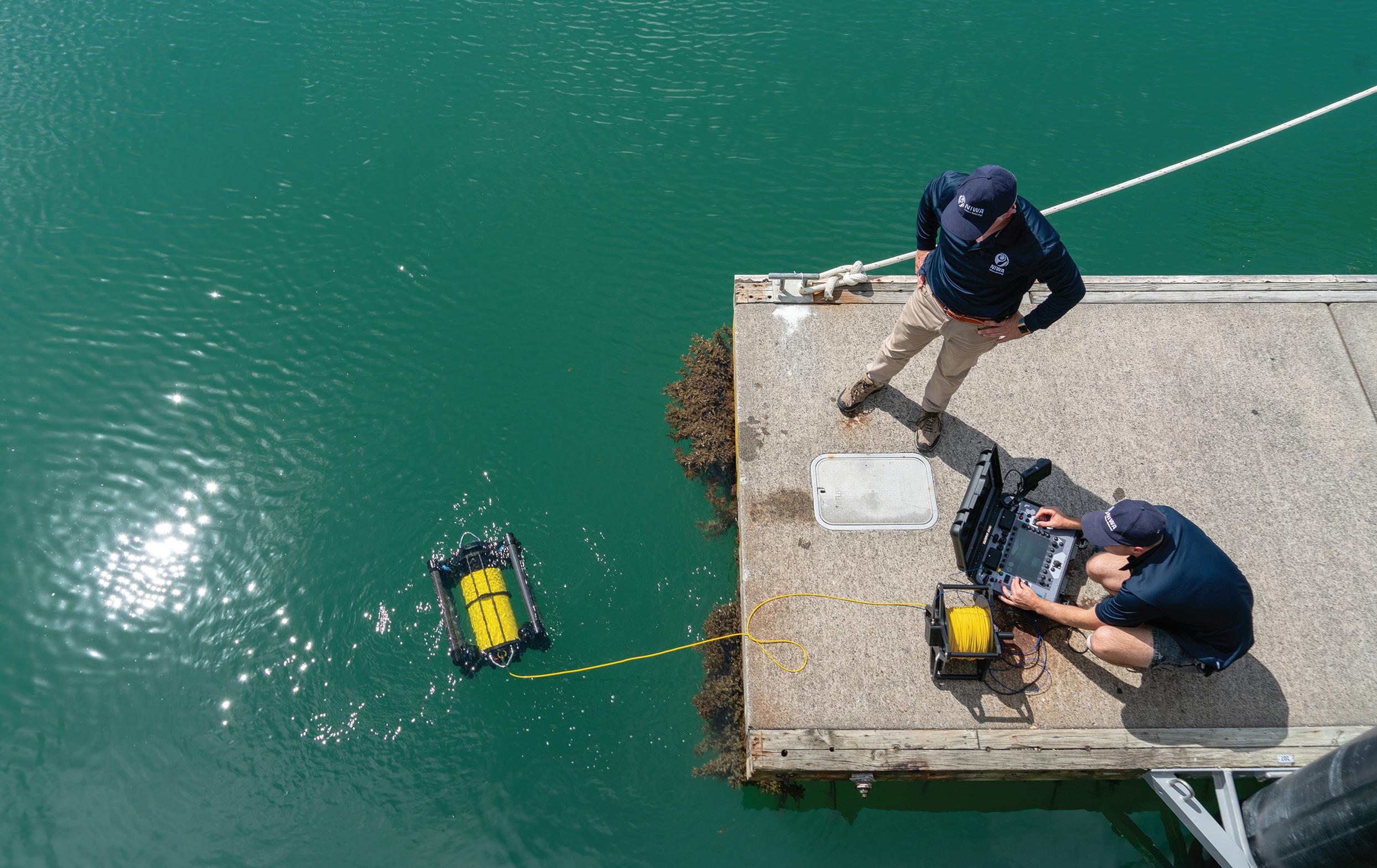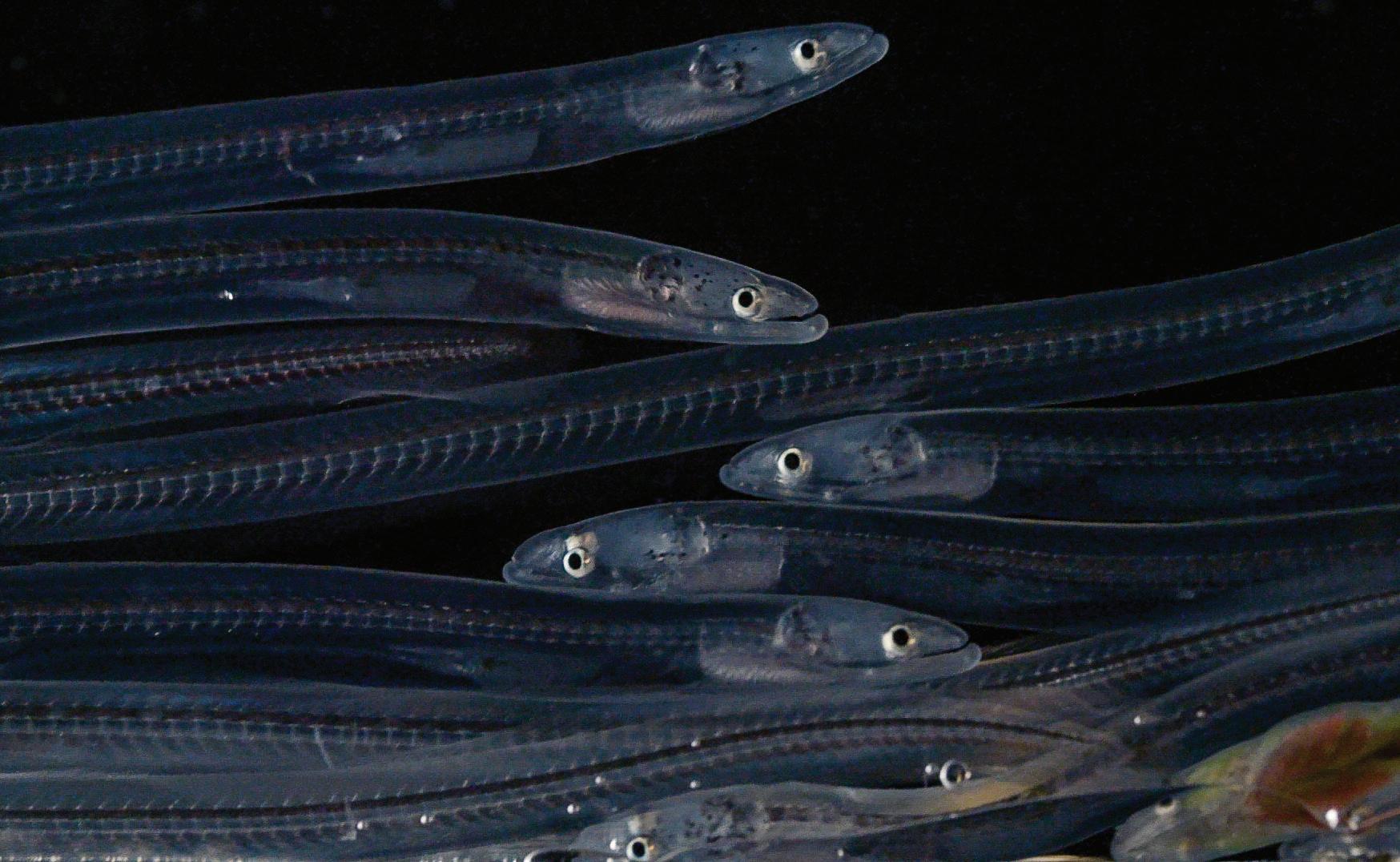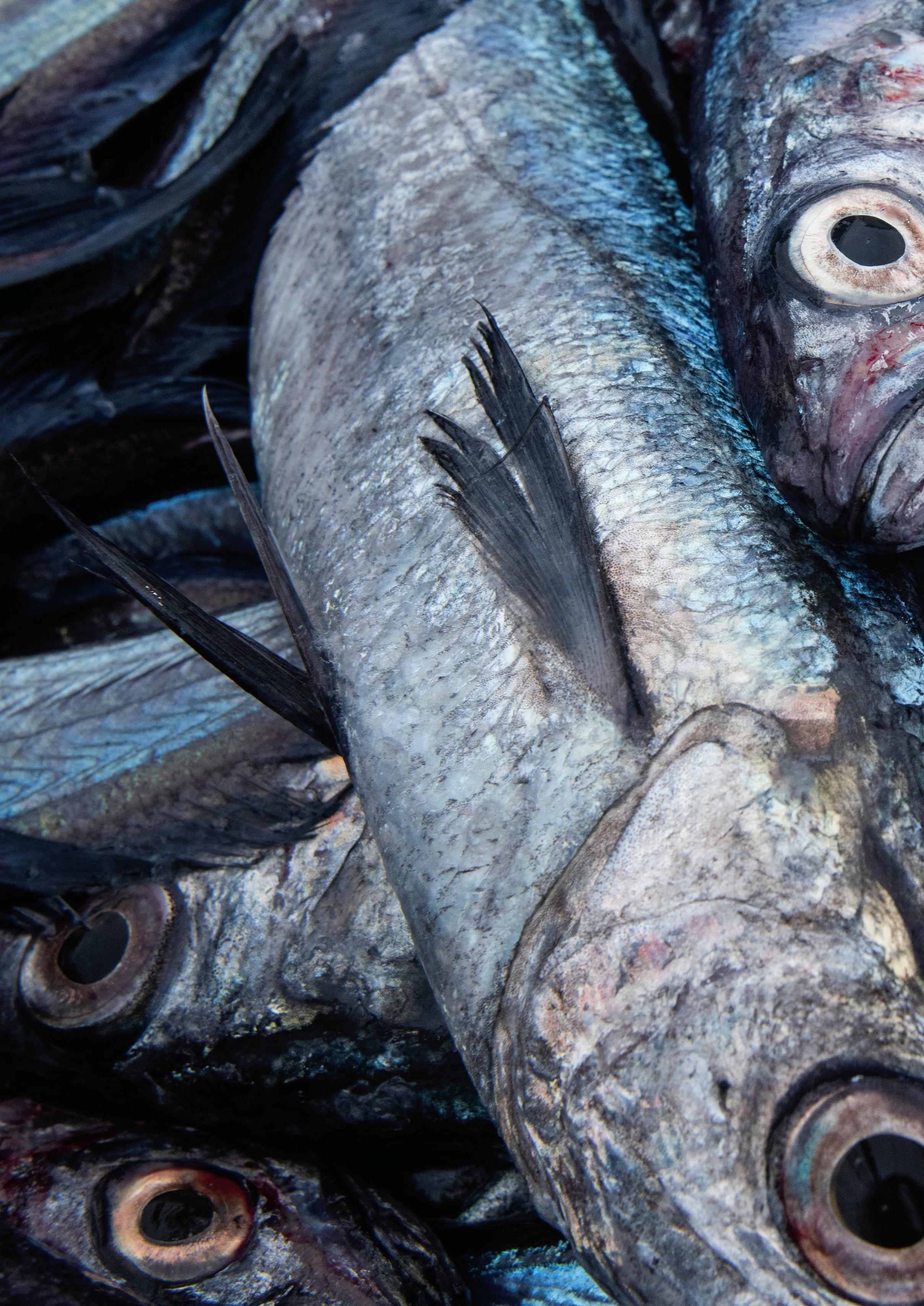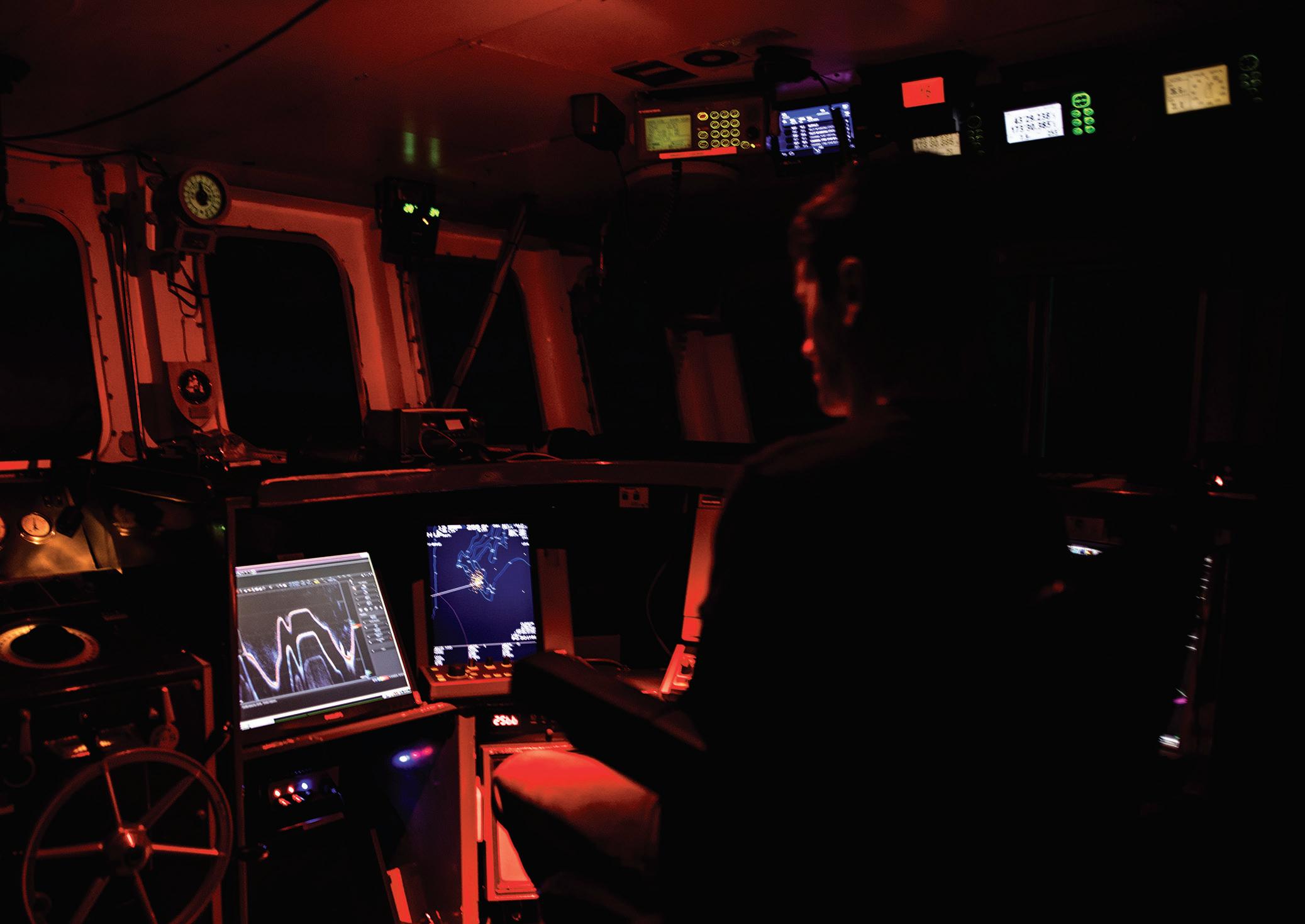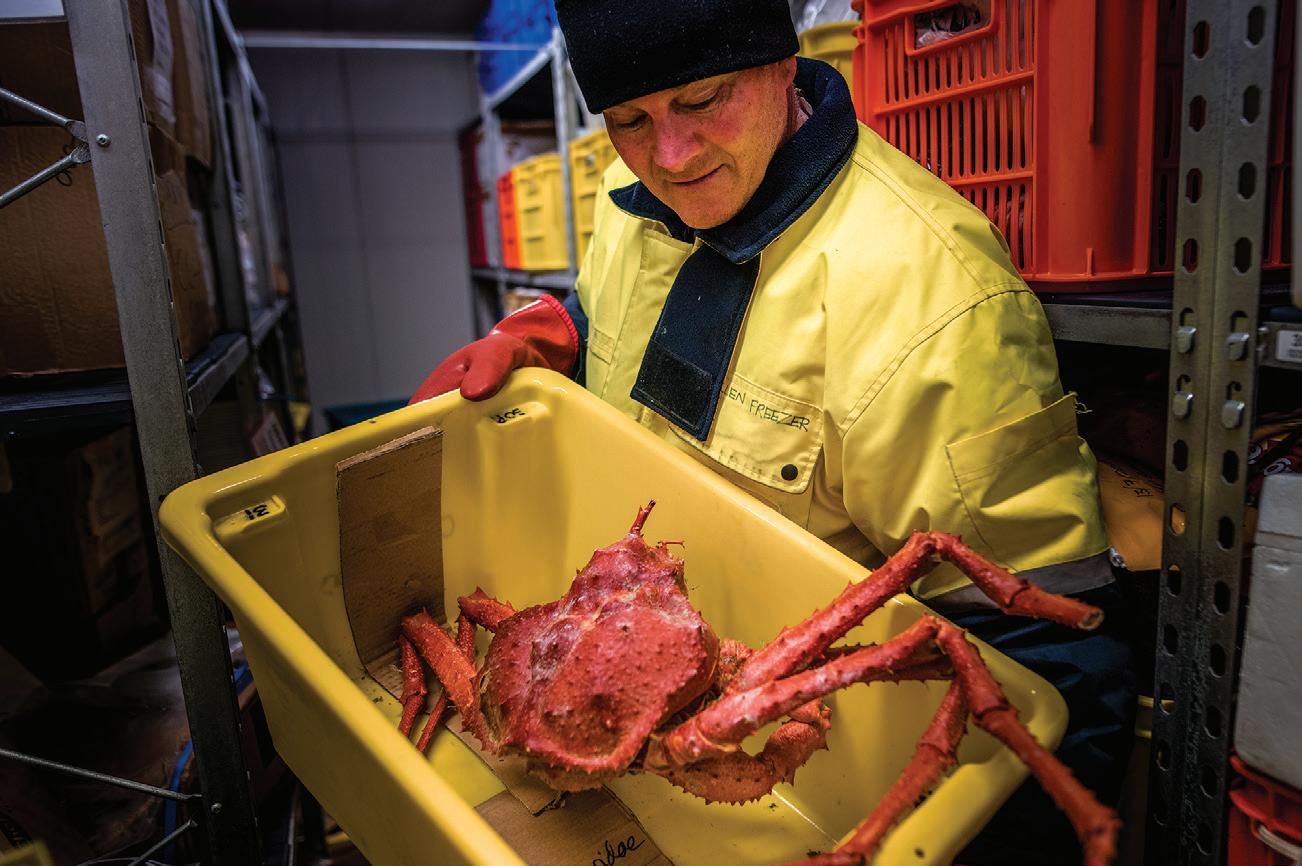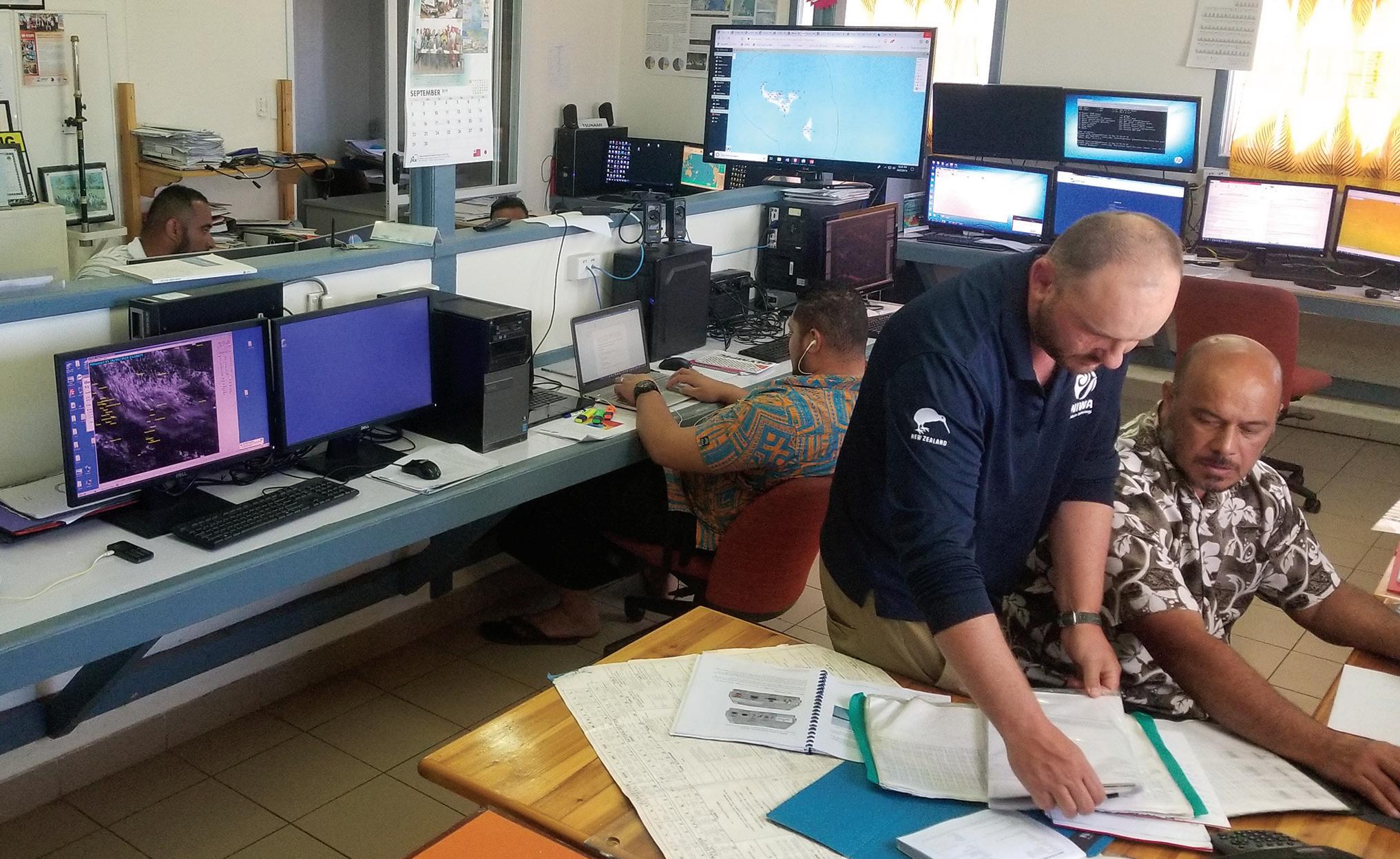
2 minute read
Photo competition
The Hill
Castle Hill, on State Highway 73 between Darfield and Arthur’s Pass in the Waimakariri Basin, was named for the imposing array of limestone boulders in the area that mirror the look of castle ruins.
Advertisement
It attracts hundreds of rock climbers every year, but it was the sky that grabbed NIWA freshwater ecologist Shannan Crow’s attention – especially at night in the middle of winter. Familiar with working in some of New Zealand’s most stunning environments, Crow is particularly attracted to Castle Hill because the limestone boulders add depth and interest to his photographs. He was voted the People’s Choice winner in the annual NIWA Photography Awards, which attracted more than 400 entries from staff. The vast array of environmental science NIWA researchers undertake happens in some of this country’s most beautiful natural locations, a happy circumstance which has prompted many staff to take up amateur photography. Crow used a Nikon D850 camera with a Zeiss Otus 55mm lens to capture his winning shot, which he named The Centre of the Milky Way aligned with the Centre of Castle Hill. “Winter is the optimum time because the Milky Way core is fully visible, and the dark conditions of the new moon allow more detail to be captured in the sky.”
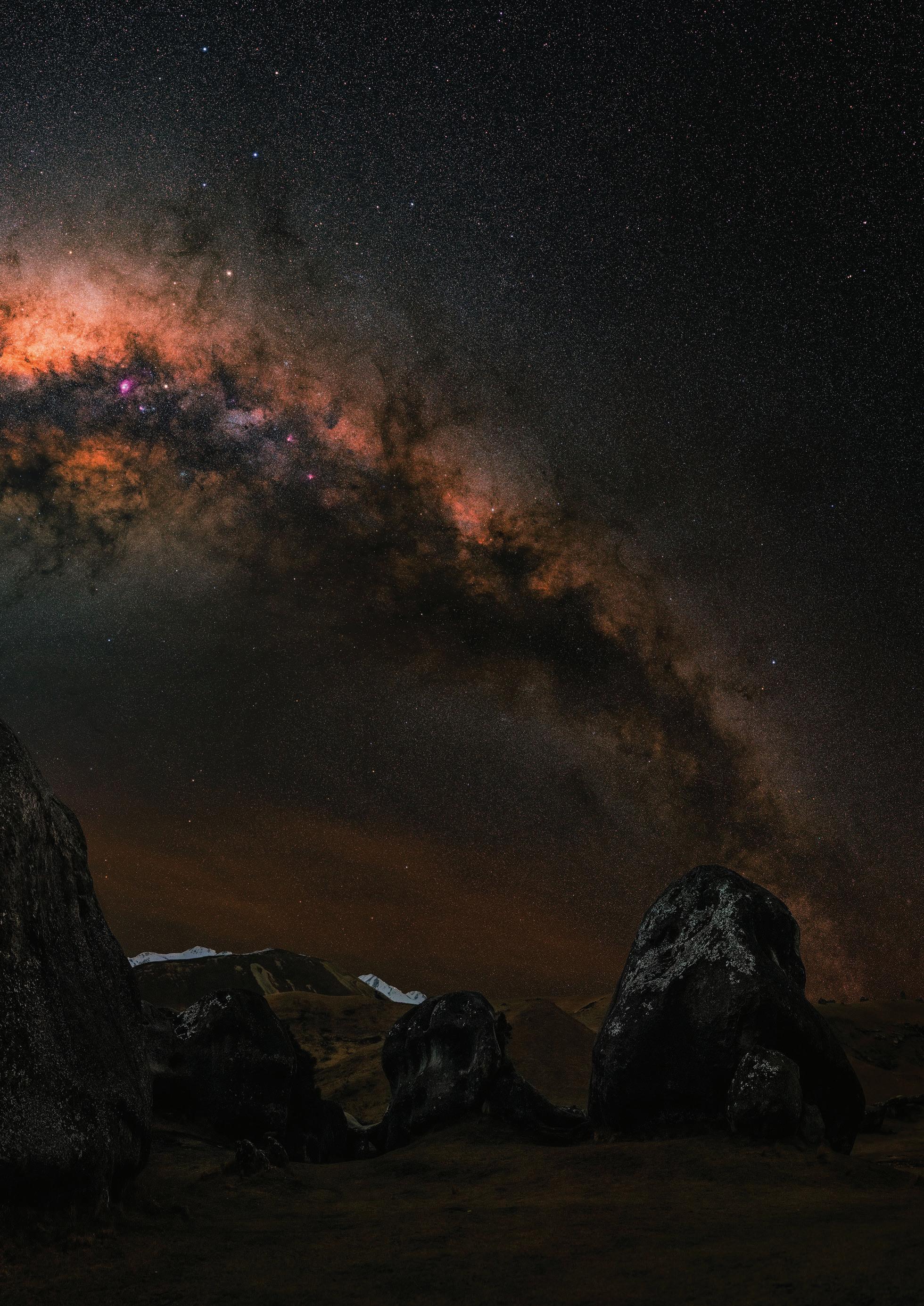

Reaching the end of its planktonic life, this juvenile slipper lobster drifts through the warm shallow waters of the outer Hauraki Gulf. (Richie Hughes)
Far North beach seine preparation to sample snapper. The smaller boat sets the net while the larger vessel is used as the “mother ship”. (Crispin Middleton)

Marine ecology technician Sam Parkes prepares anchors for sea-level and wave monitoring equipment in Tonga. (Jochen Bind)

A bird’s-eye view of sea-bed coring. (Sarah Searson)
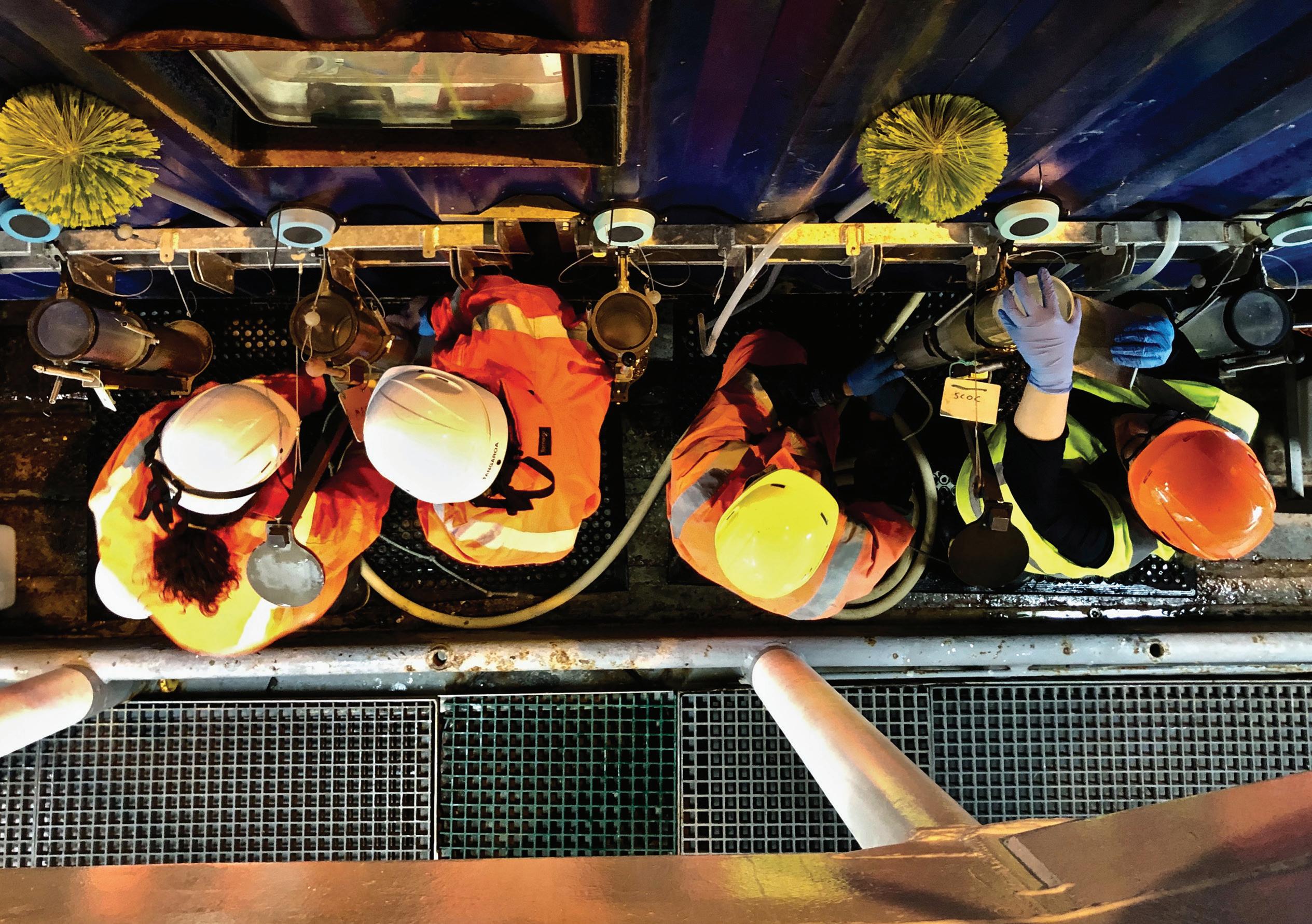

February 2020 Bees and mosquito larvae photographed during a summer drought when bees gather to drink at a diminishing supply of freshwater. (Crispin Middleton)
Flight of the kea. (Shantanu Patke)
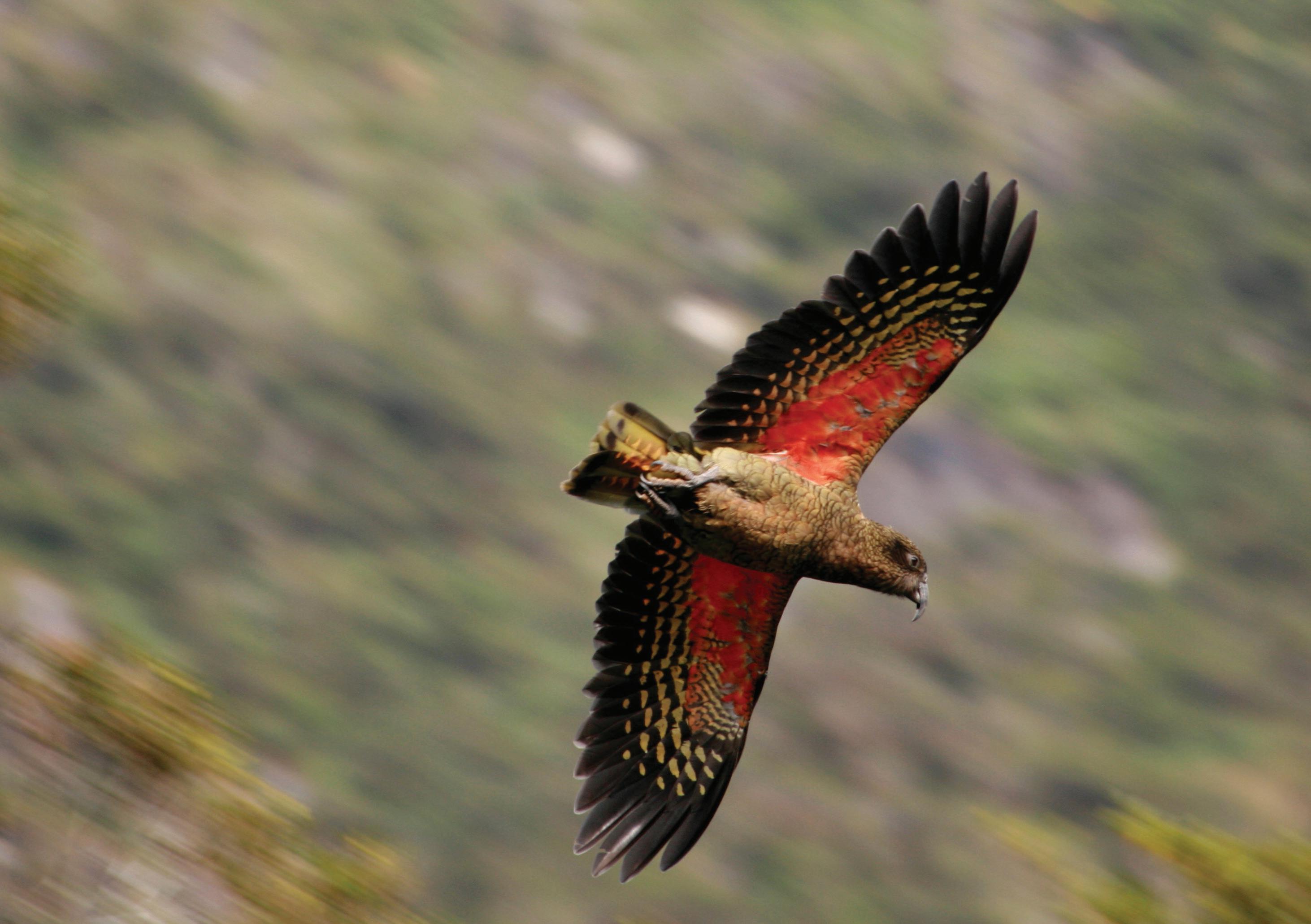

Close up with the native porcelain crab Petrolisthes elongatus taken from the intertidal zone in Otago Harbour. (Chris Woods)

